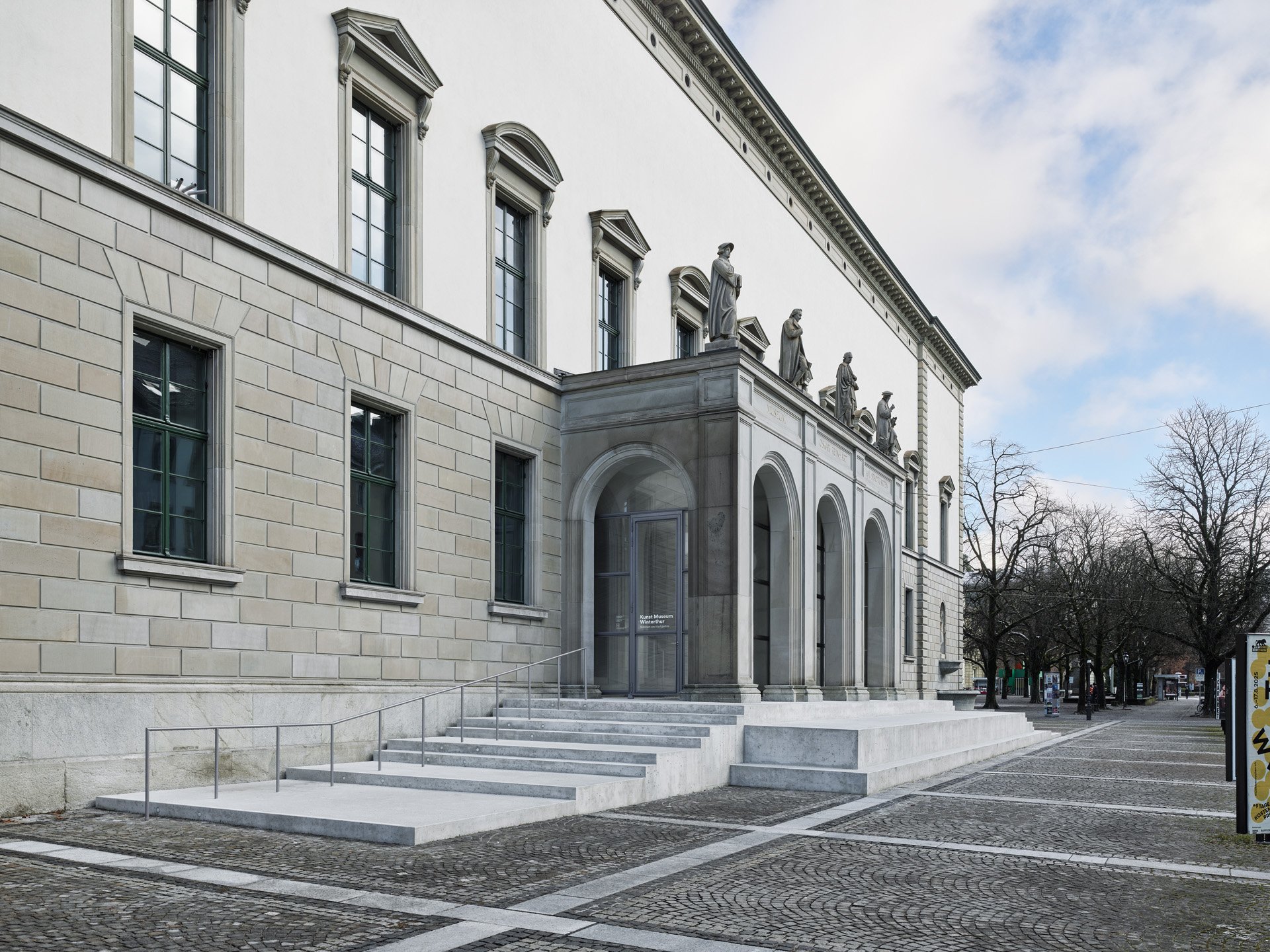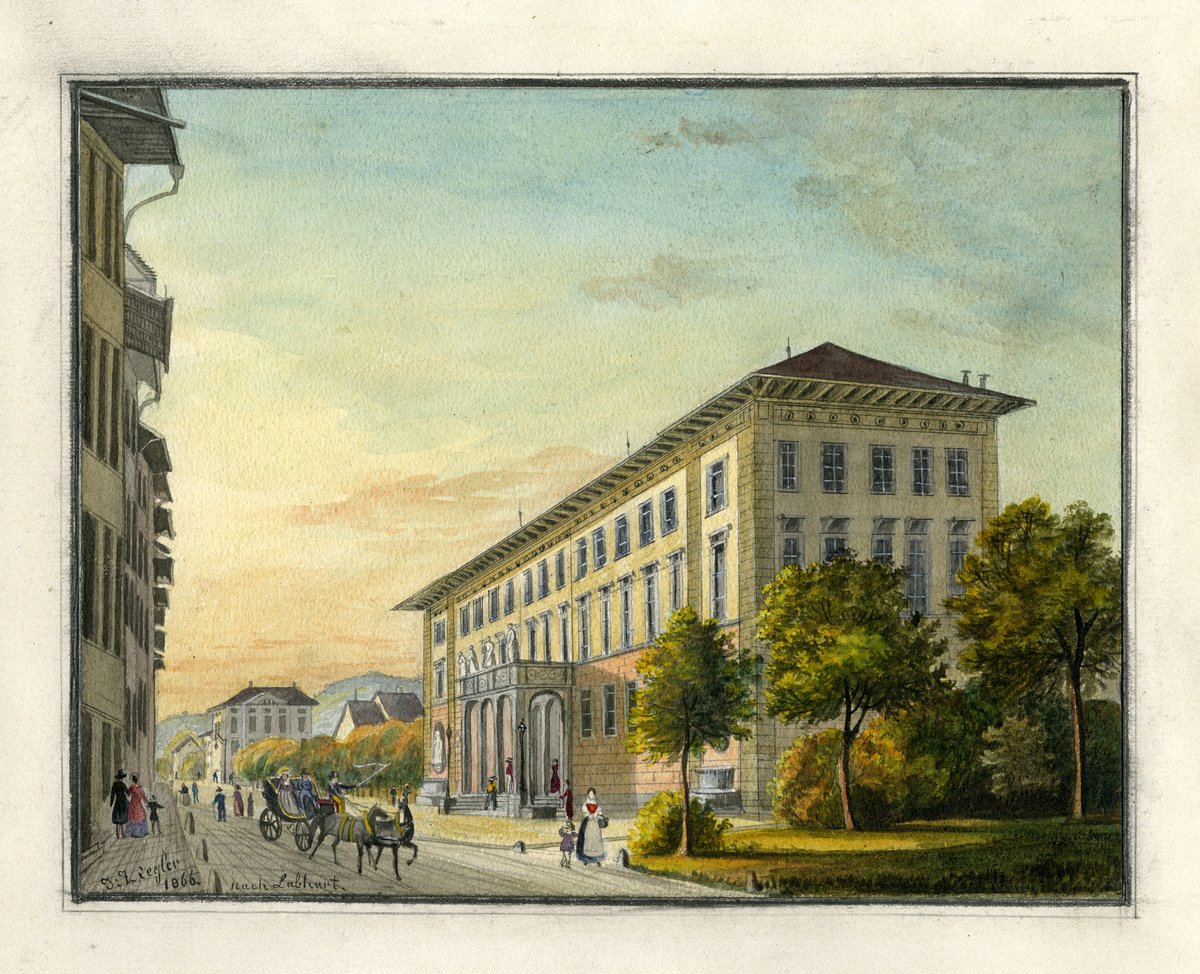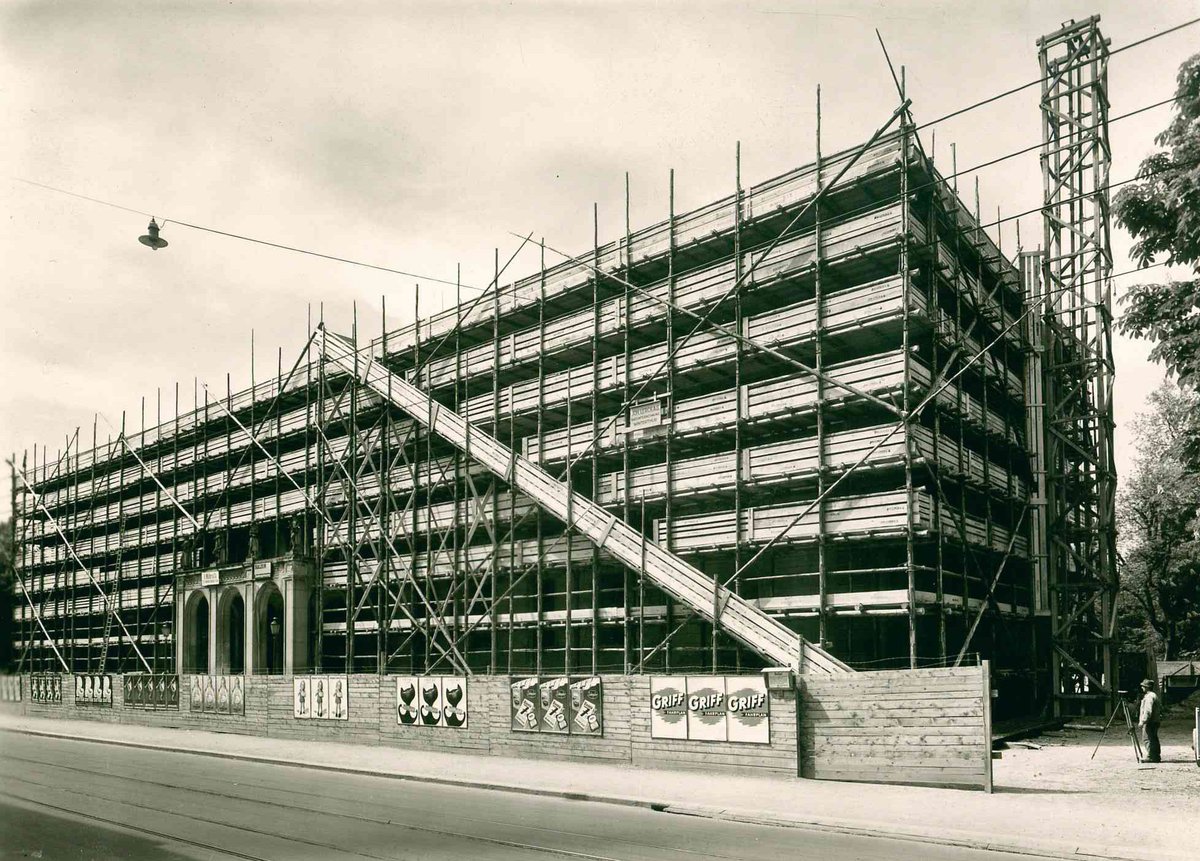Welcome to Reinhart am Stadtgarten

Kunst Museum Winterthur | Reinhart am Stadtgarten
Foto: Georg Aerni
In the first half of the twentieth century, Winterthur collector and patron Oskar Reinhart established a substantial art collection. In the 1930s, he harboured the idea of donating a museum dedicated to the nineteenth-century art of German-speaking countries to his hometown. For his generous donation, the city of Winterthur made the boys' school built by Leonhard Zeugheer in 1842 available, which originally also housed a library and the municipal collections. Although this project had already been under consideration in the 1930s, the Second World War delayed any respective plans, and it was not until 1948 that the remodelling work could begin. Finally, the museum officially opened in January 1951 in the presence of the Federal Council. Thus, the former Oskar Reinhart Foundation am Stadtgarten is the oldest collectors' museum in Switzerland.

The School for Boys 1866
With the rediscovery of German art after the turn of the century, Oskar Reinhart began to specifically acquire German and Austrian art in addition to Swiss art. These extensive and unique groups of works, particularly those of early Romanticism and Realism, are on permanent display. They include works and groups of works by Caspar David Friedrich, Carl Spitzweg, Jean-Étienne Liotard, Adolph von Menzel, Anselm Feuerbach, Wilhelm Leibl, Carl Blechen, and many more.
In 2017, as part of the implementation of Winterthur's museum concept, the museum was merged with the former Kunstmuseum and Villa Flora to form a new comprehensive Kunst Museum Winterthur under the auspices of the Winterthur Art Society. In addition to the works of the Oskar Reinhart Foundation, Dutch masters of the Golden Age from the Jakob Briner Foundation and a selection from an extensive collection of portrait miniatures from the Briner and Kern collections can be admired, which are presented in changing exhibitions.

This concept also envisaged upgrading the building, now known as Reinhart am Stadtgarten, into an attractive reception area for a tour of the museum collections. For this reason, an invitation to take part in an international competition was issued and not solely addressed architectural firms but also – in contrast to most classic construction tasks in the museum sector – interdisciplinary teams of artists and architects. The winning project by architect Heike Hanada and artist Ayşe Erkmen consists of a walk-in staircase sculpture designed by Erkmen, which provides an equally functional and artistic entrance to the museum on both sides of the building. In the hall, these minimalist interventions are elegantly combined with Hanada's toned-down architecture. The striking luminaires by Belgian sculptor Koenraad Dedobbeleer, who developed them especially for the foyer, provide a playful emphasis created of colour and light.
Thus, some 75 years after it opened, the venerable building has been given a decidedly contemporary touch with these extraordinary interventions, allowing for a fresh introduction to the world of art, from the old masters to the present day.


